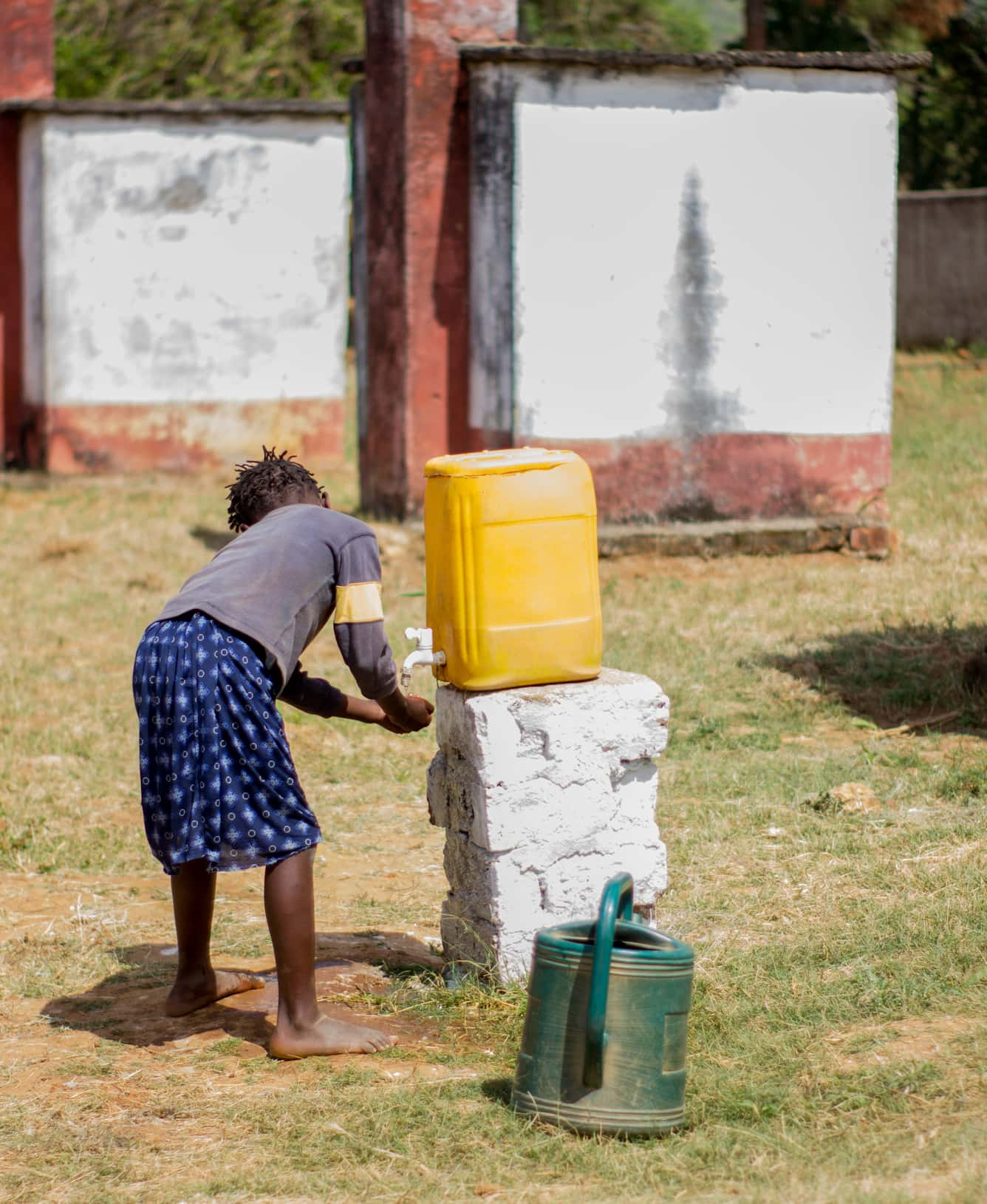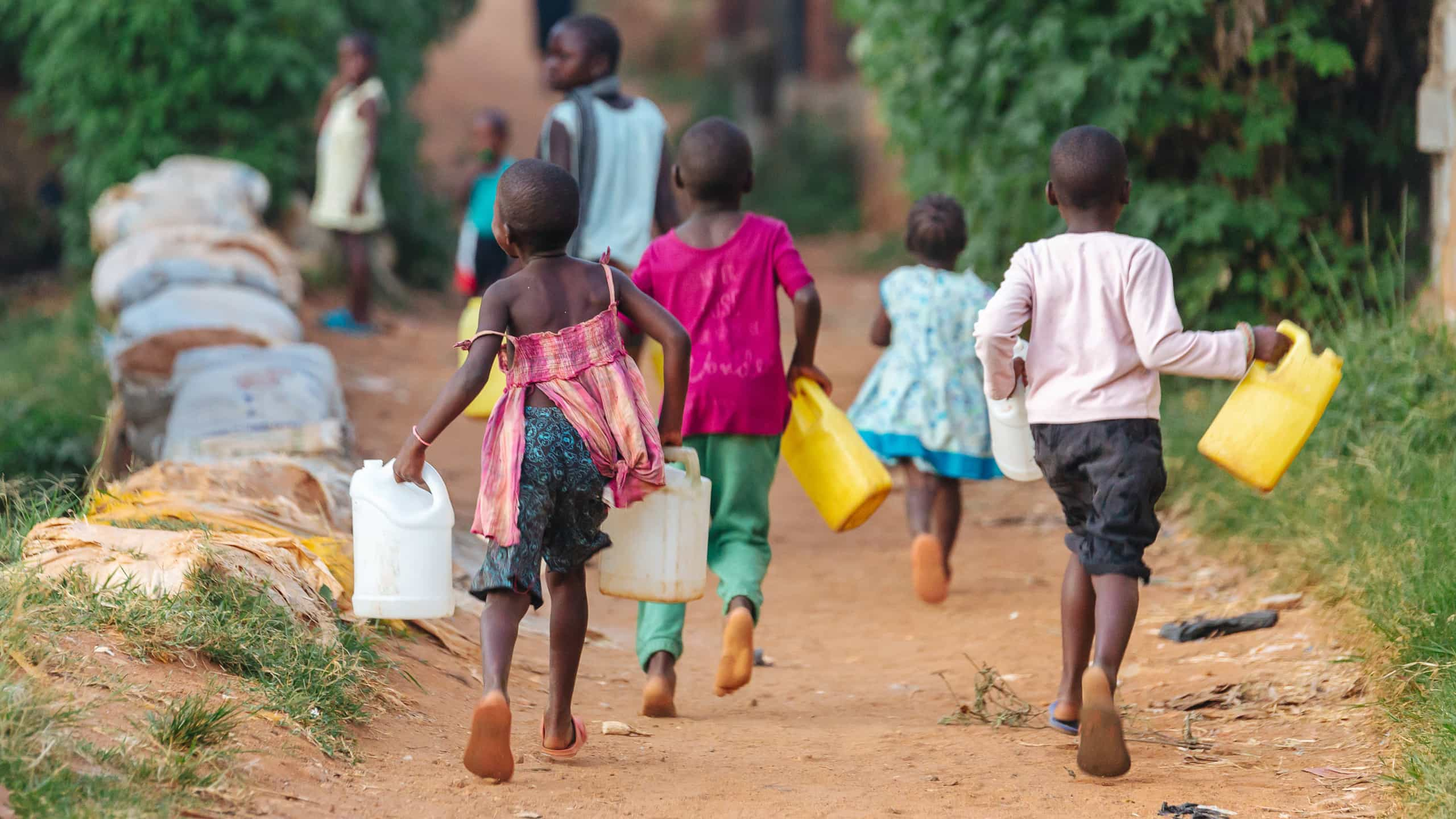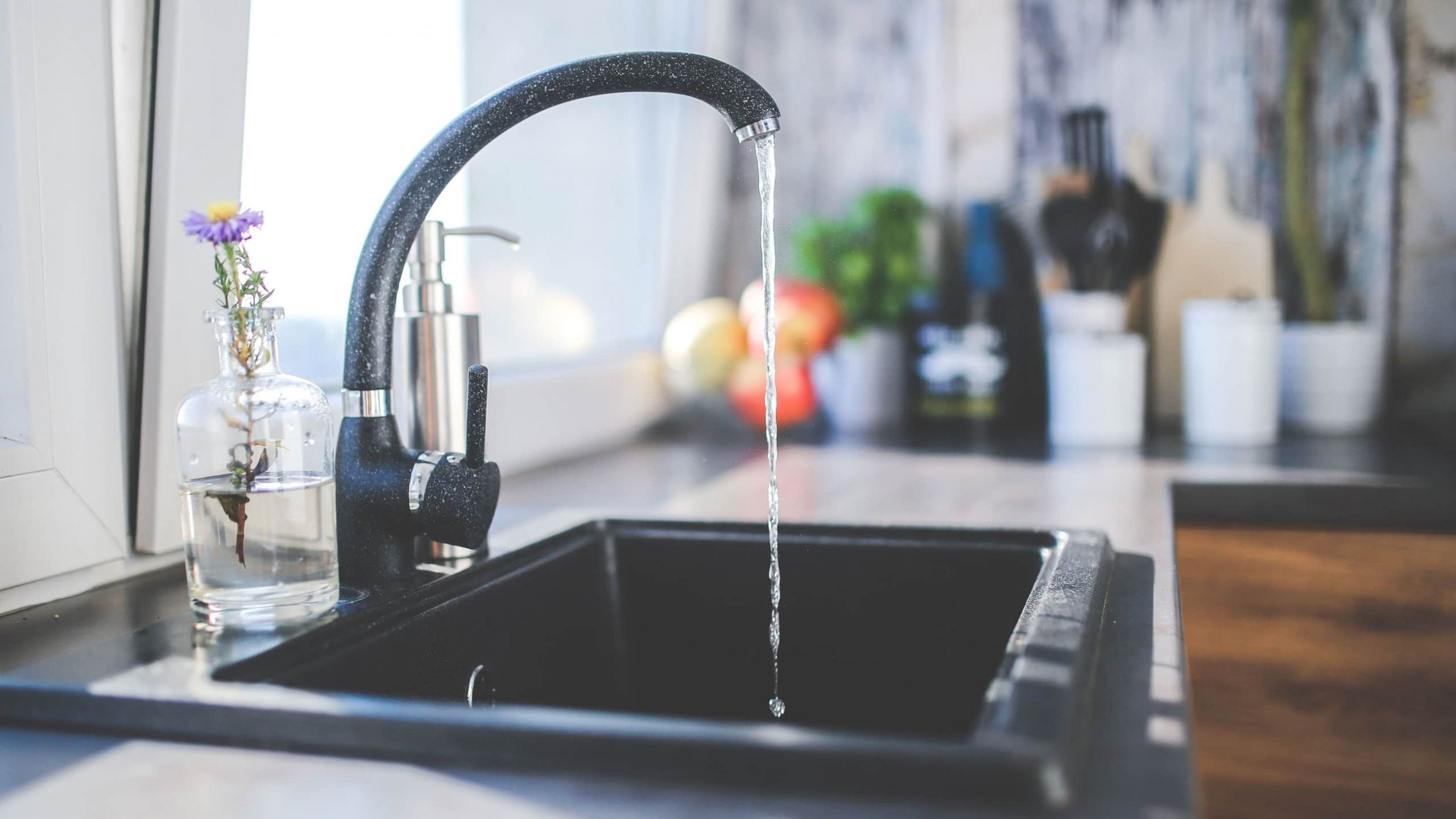A sanitation issue
In 2017 there were still two billion people without access to basic sanitation – around 30% of the world population.

And by basic sanitation we don’t mean indoor potable water supply, nor sewage systems connected to wastewater treatment plants. In this case, we are really talking about a simple, common toilet.
Among these two billion who don’t have access to basic sanitation, around 900 millions go to the bathroom outside in the open. Only in India, there are more than 150 million people in this situation.
A defective sanitation system is linked to the transmission of diseases such as cholera, diarrhoea and poliomyelitis. The occurrence of parasitic worms in the intestines is also a consequence of the lack of sanitation. It is estimated that 10% of the world population consumes produce from crops irrigated with wastewater, which contributes to a wider spread of diseases.
These situations happen mostly in developing countries, with higher incidence in Asia and Africa, there being some problematic figures in South America, too.
An idea that can save millions
A year after the launch of the Bill & Melinda Gates Foundation “Reinvent the Toilet” challenge, a group of researchers of the University of Cranfield, in the United Kingdom, came up with the Nano Membrane Toilet project. This project consists of a waterless toilet that can change the daily lives of millions of people who do not have access to basic sanitation.
There are many models being tested, currently, namely in the city of Durban, South Africa, where more than a quarter of the households have no or poor sanitation. While some models are totally mechanical, without the need of electricity, others are powered by solar panels, and some others actually produce energy themselves which, according to specialists, can be enough to charge a mobile phone.
How do waterless toilets work?
These toilets do not need water nor a complex sanitation system. In fact, the waterless toilets’ function is quite simple: almost like a dry compost toilet, that is, without any water. All the processing happens in the toilet, which must be emptied on average once a week.
When the toilet lid is closed, the waste is separated and transformed. Solids are incinerated and liquids are filtered. From there, the final results are ashes and water, respectively. The team that developed this waterless toilet estimates that it can be used for a whole week by a family of ten.
The waterless toilet eliminates the pathogens in the waste, making the final products, ashes and water, innocuous. But the technology that allows this toilet to work without water goes a bit further. In a truly sustainable way, the ashes can be used as fertiliser and the water – although not fit to drink – can be used to water plants or wash the floors.
An important step
Both the researchers that created the waterless toilet and Bill Gates himself say they are confident that, with solutions like this one, it will be possible to bring proper sanitation to all who need it in a near future. Each toilet costs approximately 2,300 euro, which translates to 5 cents per person per day for 10 years.


